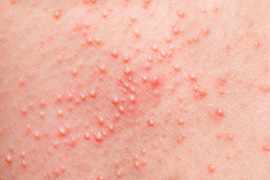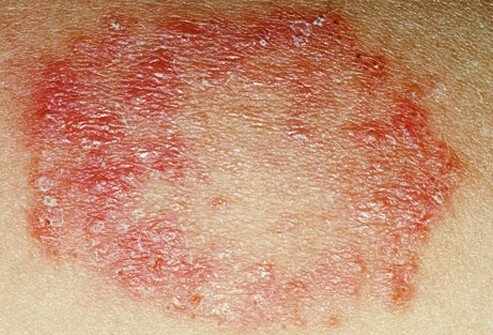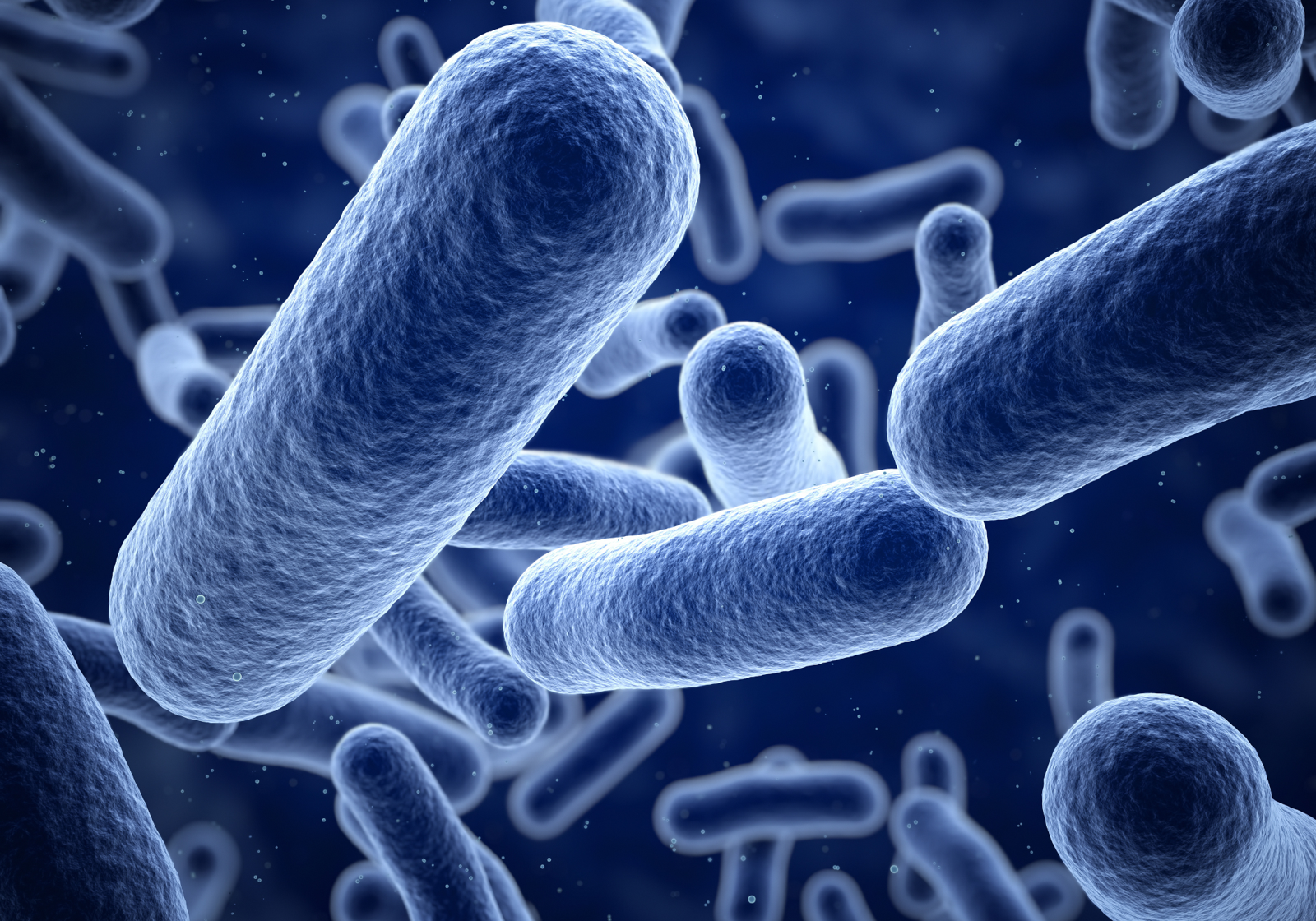
Parasitic worm infections, also known as helminth infections, represent a major public health problem, particularly in regions with poor sanitation and limited access to clean water. These infections are caused by various species of parasitic worms, including nematodes (roundworms), trematodes (flukes), and cestodes (tapeworms).
Each of these parasites can cause a range of health issues, from mild discomfort to severe systemic damage. The World Health Organization (WHO) estimates that over a billion people globally are affected by soil-transmitted helminths, making it a significant concern for human health.
In this article, we will delve into the types of parasitic worms, the symptoms and risks associated with helminth infections, and how drugs like Nizonide 500mg (nitazoxanide) play a role in treating these infections.
Types of Parasitic Worms
Helminths can be categorized into three main types, each with unique characteristics and effects on human health
Nematodes (Roundworms)
Common nematode infections include Ascariasis, Hookworm, and Whipworm.
These worms primarily reside in the intestines, feeding on the nutrients of the host.
Transmission often occurs through contaminated soil, food, or water.
Symptoms can include malnutrition, anemia, intestinal obstruction, and in some cases, organ damage.
Cestodes (Tapeworms)
Tapeworm infections, such as Taeniasis and Echinococcosis, occur when individuals consume undercooked or contaminated meat.
Tapeworms can grow up to several meters in length within the intestines, competing for the host’s nutrients.
If left untreated, some tapeworm larvae can migrate to other parts of the body, causing cysts and tissue damage in organs such as the liver or brain.
Trematodes (Flukes)
Schistosomiasis is one of the most prevalent trematode infections. It is caused by exposure to contaminated freshwater where the larvae penetrate the skin.
Flukes primarily affect organs like the liver, lungs, and intestines, causing inflammation and fibrosis.
Chronic infections can lead to severe damage, including organ failure and cancer.
Transmission and Risk Factors
Parasitic worm infections are predominantly associated with areas of inadequate sanitation, where contact with contaminated soil or water is common. People living in regions with poor infrastructure and unhygienic environments are at the highest risk, especially children, who are more likely to come into contact with contaminated surfaces and lack adequate hygiene practices.
Soil-transmitted Helminths
Infections often spread through contaminated feces in soil. Walking barefoot, consuming unwashed vegetables, or drinking contaminated water can introduce worm eggs or larvae into the human body.
Waterborne Helminths
Many trematodes, like Schistosoma, are contracted through direct contact with contaminated water. Activities such as swimming, bathing, or washing in infested water sources heighten the risk of infection.
Foodborne Helminths
Consuming undercooked or raw meats, particularly pork or beef, can result in cestode infections like tapeworms.
Person-to-Person Transmission
Some parasites, like pinworms (Enterobius vermicularis), can spread from person to person, especially in households or crowded environments like schools.
Symptoms of Parasitic Worm Infections
The symptoms of helminth infections can range from mild to severe and may vary depending on the type of worm involved, the duration of the infection, and the individual’s health status. Common symptoms include
Gastrointestinal discomfort
Abdominal pain, diarrhea, bloating, and nausea are frequent complaints.
Malnutrition
Worms can interfere with nutrient absorption, leading to weight loss, fatigue, and vitamin deficiencies.
Anemia
Some worms, particularly hookworms, feed on blood, causing iron-deficiency anemia, which results in weakness, dizziness, and pale skin.
Respiratory issues
Migrating larvae of certain worms, like Ascaris, can cause coughing and wheezing when they travel through the lungs.
Skin issues
Some worms cause itching, rashes, or lesions at the site of entry or due to allergic reactions. If left untreated, severe cases of parasitic worm infections can lead to complications like organ damage, cognitive impairment in children, and, in extreme cases, death.
Diagnosis and Treatment
Diagnosis of parasitic worm infections often involves stool samples, blood tests, or imaging studies to detect the presence of eggs, larvae, or adult worms in the body. In some cases, endoscopy or biopsy may be required to determine the extent of the infection.
Treatment typically involves antiparasitic medications aimed at eradicating the worms and managing symptoms. One of the drugs commonly used in the treatment of parasitic worm infections is nizonide 500mg, also known by its generic name nitazoxanide.
Role of Nizonide 500 mg (Nitazoxanide) in Treatment
Nizonide 500 mg is an antiparasitic and antiviral medication that is often used to treat a variety of parasitic infections, including those caused by protozoa and helminths. Nitazoxanide, the active ingredient in Nizonide, works by inhibiting the growth and replication of parasites, leading to their eventual death and expulsion from the body.
Mechanism of Action
Nitazoxanide interferes with the energy production of parasites by inhibiting an enzyme called pyruvate-ferredoxin oxidoreductase. This enzyme is crucial for the energy metabolism of anaerobic organisms like helminths and protozoa.
By disrupting the parasite's ability to generate energy, nitazoxanide effectively halts its growth and reproduction, enabling the host’s immune system to clear the infection.
Treatment of Helminth Infections
While nitazoxanide is more commonly prescribed for protozoal infections like Giardia and Cryptosporidium, it has also shown efficacy in treating some helminth infections, particularly those caused by intestinal worms.
Nitazoxanide has a broad spectrum of action, which makes it a valuable option for treating mixed infections where more than one type of parasite is involved.
Dosage and Administration
The standard dosage for adults is Nizonide 500 mg twice daily, typically for three days. However, the exact dosage and duration of treatment may vary depending on the type and severity of the infection.
It is crucial to complete the full course of medication to ensure the complete eradication of the parasite.
Side Effects and Precautions
Common side effects include nausea, vomiting, abdominal pain, and headaches. These side effects are generally mild and resolve after the completion of the treatment. Patients with liver or kidney issues should use Nizonide cautiously and under medical supervision, as the drug is metabolized in the liver and excreted by the kidneys.
Prevention and Control
Preventing parasitic worm infections requires a multi-faceted approach, particularly in regions where these infections are endemic. Some preventive measures include
Improved Sanitation
Access to clean water and proper waste disposal systems can significantly reduce the spread of soil-transmitted and waterborne helminths.
Encouraging the use of latrines and avoiding open defecation is critical in preventing contamination of soil and water sources.
Personal Hygiene
Regular handwashing, especially after using the toilet and before eating, can reduce the risk of ingesting parasite eggs or larvae.
Cooking meat thoroughly and washing fruits and vegetables before consumption are essential practices.
Mass Drug Administration (MDA)
In areas with high transmission rates, governments and health organizations often implement MDA programs, where antiparasitic drugs are distributed to large populations to reduce the burden of infection.
Health Education
Educating communities about the risks of parasitic worm infections and the importance of hygiene and sanitation can empower individuals to protect themselves and their families from infection.
Conclusion
Parasitic worm infections remain a significant health burden, particularly in impoverished regions where sanitation and access to medical care are limited. While these infections can cause severe complications, they are preventable and treatable.
Drugs like Nizonide 500 mg offer an effective treatment option, especially when combined with public health measures aimed at improving sanitation and hygiene. By raising awareness and implementing preventive strategies, the global community can work towards reducing the incidence of helminth infections and improving the health outcomes of affected populations.










Write a comment ...